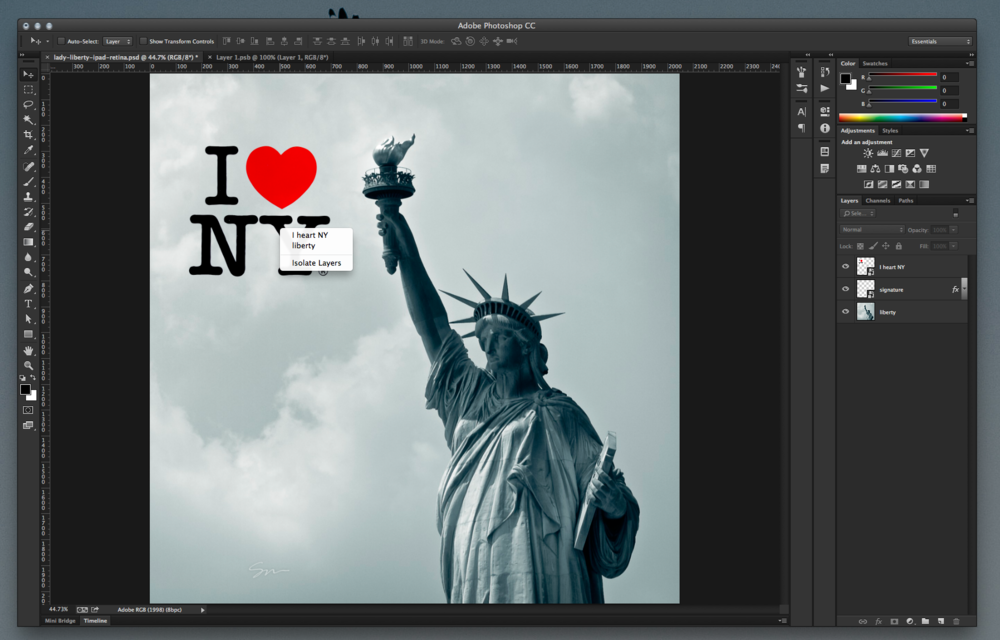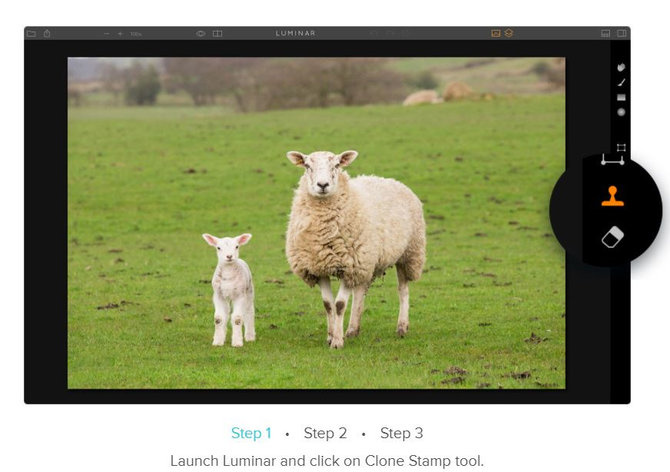

Then right click on the "Original" layer and choose Duplicate Layer. So first turn off the visibility of the "Retouched" layer by clicking the eye icon on the left side of the layer.

So what you want to try to do is duplicate the "Original" layer, and try to achieve the same effects that exist in the "Retouched" layers. All the work we will do in this tutorial involves the Cloning Tool, the Healing Tool and layers. You can do this by clicking the little eye icon in the layer.ģ. You can look at the bottom image by turning the visibility of the top layer off. The top layer is the retouched image and the bottom is the original one. In this tutorial we will use a few tools in Photoshop to make this old man, look younger.

These are the two images that are in the retouch.psd file that you downloaded from this week's source files(iat100_week4_files.rar)Ģ. Retouching your images with Clone/Healingġ. The key difference with the healing Brush tool is that it matches the texture, lighting and shading of the sample pixels to the target pixels, this creates a smoother and more seamless repair of unwanted pixels

Apply the brush to the area you want to correct(the source point moves in alignment with the brush).Click a source area while pressing and holding the Alt key.You can use the clone stamp tool quickly and easily to remove unwanted elements such as water marks, dust, and even people You can also apply effects that give your image texture or pattern and change the color.Īll cloning tools use a sample area of an image to brush over the target area. Photoshop offers a wide rang of tools you can use to adjust or correct those flaws, from removing wrinkles to erasing entire objects from an image. When you look in a photo you can see minor mistakes or flaws in the image such as red eyes. In the picture below, the orange has been cloned to appear as part of the apple.Photoshop tool offer amazing ways to manipulate a photo. In this respect, Hardness can be considered the strength of the antialiasing used to soften edges.īecause of the relationship between Hardness and Antialiasing the Hardness setting is ignored if Antialiasing is disabled.Ī low Hardness value can be used to make stamped regions less obvious.Ī Blend Mode can also be applied, much like a layer blend only specific to the tool path. See Blend Modes for more information. Reducing the Hardness setting has the effect of softening the edge of the stamp. To break the link, set a new source point by holding down the Ctrl key and clicking at a different location.Ĭlone Stamp inherits the Brush Width, Hardness and Antialiasing settings from the Tool Bar. This relationship will persist through tool changes and other editing operations. Once the relationship is set, the points remain locked together.Ĭlone source and destination are locked together once cloning starts. The relationship between the source and destination is fixed once the actual cloning is started. Note that the source point moves in the same path as the tool when cloning starts. This results in the tool path being copied as a stripe rather than just the source point. Click and drag to copy from the source to the destination. Navigate to the destination location (where you want the pixels to be copied to). The source location will remain where it was set. Repeating Ctrl + Click sequence resets the source to the newly clicked location. Set the source point by holding down the Ctrl key and clicking on the source image.


 0 kommentar(er)
0 kommentar(er)
